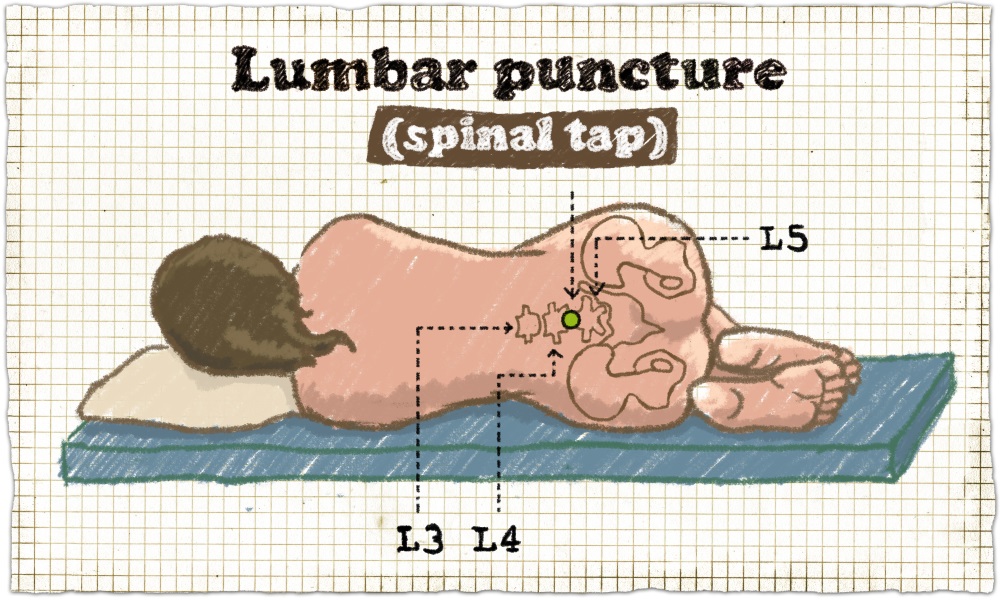Picture a story all too familiar for many: Martha is a 54 year old woman who has been working as a secretary for 35 years. She used to enjoy her work, but as more and more of her work involved sitting at an iPad or having video conferences, now her back pain is making her job unbearable. Her pain management specialist recommended a “fairly simple procedure,” but the only part that Martha remembers is “we will stick this needle into your back three to six times until it doesn’t hurt anymore.” Maybe she’s paraphrasing, but can you blame her? It sounds terrifying. Martha left the consult unconvinced, and decided to just deal with the pain instead. Even when doctors can help, when the technology we have is enough to change a patient’s life, sometimes patients don’t want the procedures.

Many patients have lived this same tale–after all, 8 out of 10 americans will experience back pain during their lifetime. There are lots of procedures that can reduce it, but there are risks to every procedure, and none of them are definitive cures. While most of the time the benefits outweigh the risks and side effects, but patients are often too afraid to have the procedures performed. The spine, after all, is a delicate area, and most patients have read horror stories about paralysis and death during even simple back surgeries. It is the duty of physicians to discuss with patients all their options and ensure that they get the best treatment. In order to do this, researchers from the Catharina Hospital and the Eindhoven University of Technology in Eindhoven, the Netherlands are working on a comparative study to discover different ways to improve needle procedures.

This is actually a multiple stage technological research study, and AR has been selected as one of the breakthrough technologies for it. We have already explored it, as you can find here (pending uploading article), which uses several technologies, including 3D and 4D ultrasound, electromagnetic or GPS systems, and optical tracking, and mixes it with augmented reality as a visualization technique and robotic assistance to improve performance. Obviously, this is a work in progress, but there have already been many benefits reported already, such as improved first-pass success and reduced performance time.

There are some things that need to be done before this is common practice. Studies need to be done and tested against pre existing techniques, and the safest and most practical methods need to be determined. We can picture it–not just nerve-blockers or anesthetic procedures, but every needle procedure available: biopsies, lumbar punctures, pericardiocentesis, thoracentesis, culdocentesis–you name it! There are lots of fine needle procedures, and increasing their precision benefits both patients and doctors.

Hopefully, there will be a lot more studies about this alternative technology in the near future, but at the moment, it’s only limited by our imaginations! Tell us what you think in the comments section below!








